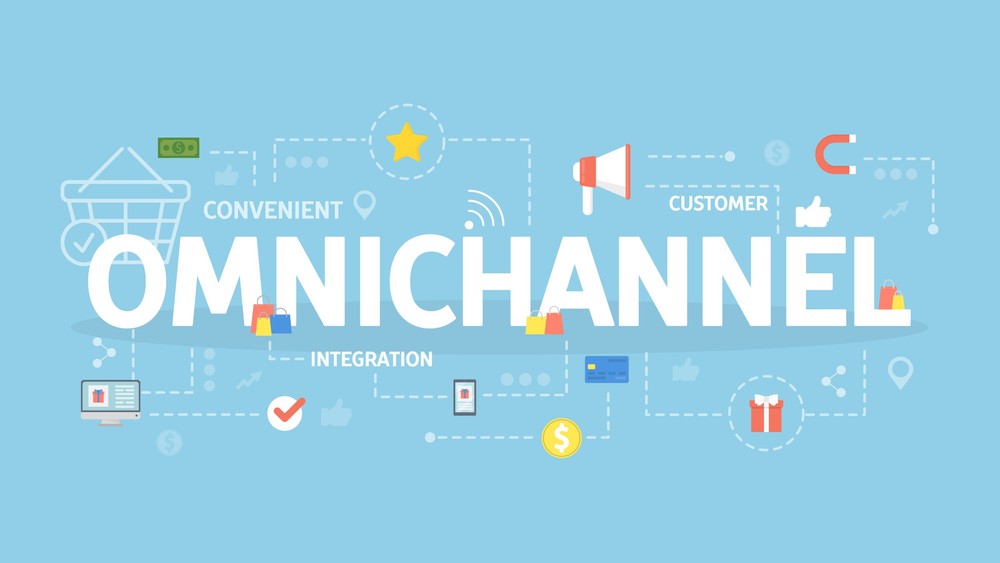Putting the customer at the heart of the sales process sounds like an easy thing to do right?
Many companies have different ways to reach their buyers but still fail to make successful impressions on them. This is a common occurrence in the manufacturing industry where highly individualized industrial products are sold daily in a mostly in-person setting with a sales executive.
Now that B2B buyers do most of the research (57% according to Accenture) and purchasing online it’s important to offer them the products where they are buying them and quickly. But offering them products quickly isn’t the most important part of an omnichannel experience. Customers want self-service, they want all the relevant information on hand before they even think about purchasing your products. Your buyers want to see the full range of your offering by using a configurator and visualization technology to see the product they want.
For all the worried salespeople reading this, don’t worry your job is still critical, but it’s important for your company to offer ways to eliminate the tedious processes that impede sales.
In-person selling is a proven way to sell directly to a customer, but with B2B buyers taking more time than ever to weigh their purchases it’s important to find a new way to reach them. This is where manufacturing could take a page out of the retail marketing playbook.
Once eCommerce became the main way customers bought products many retailers made products available via a website and mobile apps. Now more than ever manufacturing companies need to use an omnichannel experience to reach these customers, something that manufacturers who want to be more B2B-based need to do, to digitize their company.
What is omnichannel experience?
An omnichannel experience offers your customers a seamless way to interact and buy your products across multiple channels at any time, this allows for your business to be in touch with them throughout the buying journey.
What does an omnichannel manufacturing experience look like?
This is an important way to sell products in the manufacturing industry but how can it be done with products that are highly individualized and configuable?
To truly have an omnichannel experience it is necessary to simplify the sales process. As products have become more complex to build the longer the sales cycle has become. From the back and forth between sales and engineering to get orders right to building a unique item it can take a lot of man-hours to sell a product. This slow process needs to change to sell faster and enhance the customer experience.
The first step before a buyer contacts your sales team is researching your product offering. If you don’t have a place to showcase your unique products you will lose business to a company that can. This is where it is important to offer items such as a configurator and visualization right on your website. Buyers don’t want to have meetings in their initial stages of buying, they want to see how the product would look and feel.
Selling can be easier when you understand the tendencies of your buyer, an omnichannel selling experience allows for you to be with them at every touchpoint along their journey. Adding something like a built-in configurator will be another reason why they’d choose your business over the competition who can’t show them their product on their phone or the comfort of their own home.
An omnichannel experience for your customer can also help align the goals of your sales and marketing teams. Having an omnichannel presence can bring marketing and sales closer by leveraging the data from your customers into results.
Allowing your customer to reach out to a sales team member at any point is important for several reasons. Understanding which channel, the customer has come from can help your sales and marketing teams engage them with similar content or messaging as the channel they came from. This allows your sales rep to have all the information about the customer before they even walk into the sales meeting, helping them prepare the perfect pitch.
If you want to learn more on how Tacton CPQ Omnichannel can reinvent the go-to-market – even for highly individualized industrial products – head over to our web page or schedule your personal demo today!

